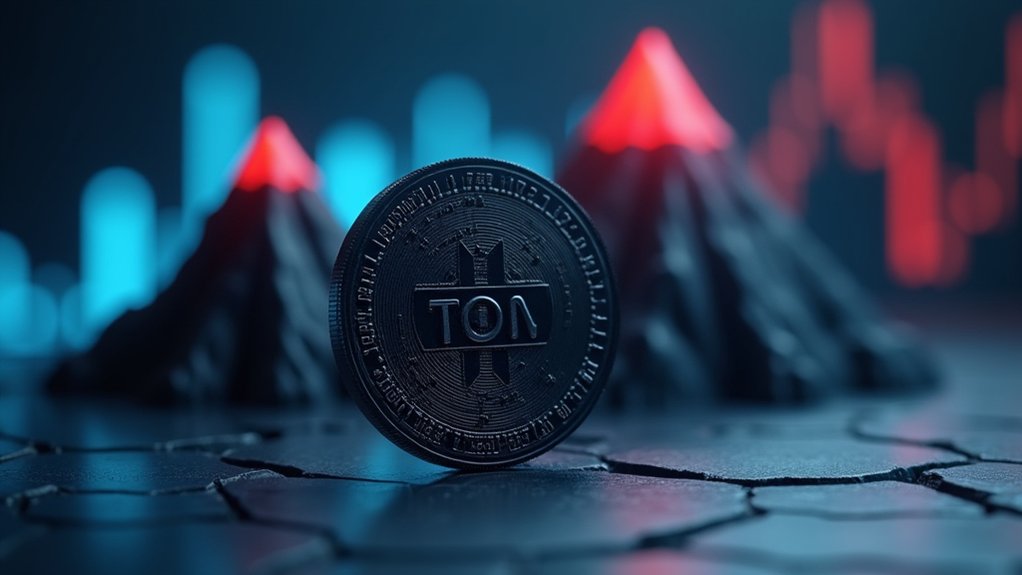How did a former president transform his financial portfolio into a crypto playground, turning volatile digital assets into a near 40 percent stake of his family’s net worth while simultaneously loosening regulatory reins that should have tightened? The answer lies in a brazen conflation of personal enrichment and policy-making that flagrantly sidesteps the very principles of cryptocurrency regulation and digital asset security that any responsible steward should uphold. Instead of fortifying safeguards to protect investors and stabilize the burgeoning digital economy, this administration chose to dismantle oversight mechanisms, effectively greasing the wheels for unchecked speculation and insider advantage. Notably, the Trump administration dropped most crypto-related lawsuits and investigations, signaling a dramatic shift in regulatory enforcement. This approach contrasts sharply with the current administration’s efforts to establish a President’s Working Group on Digital Asset Markets aimed at providing regulatory clarity and certainty for the crypto industry.
Trump’s crypto ventures, spearheaded by entities like World Liberty Financial and bolstered by meme coins such as $TRUMP and $MELANIA, exemplify a reckless embrace of a market notorious for its volatility and susceptibility to manipulation. The administration’s executive order, ostensibly designed to foster innovation in blockchain technology, conveniently sidestepped rigorous regulatory frameworks, replacing them with a nebulous “clear regulatory framework” that remains more aspirational than actionable. Meanwhile, a strategically curated Bitcoin Reserve and a Digital Asset Stockpile signal a calculated attempt to position the U.S. as a digital asset superpower—on terms that suspiciously benefit private interests over public good. This approach flies in the face of the Markets in Crypto-Assets Regulation efforts seen internationally, which aim to harmonize and tighten crypto oversight.
This laissez-faire approach, coupled with aggressive fundraising efforts aiming to amass billions in bitcoin acquisitions, raises serious questions about conflicts of interest and the erosion of digital asset security. Rather than reinforcing protections against fraud and market instability, the administration’s policies have arguably exacerbated vulnerabilities, fostering an environment where regulatory capture and ethical ambiguity thrive. In this high-stakes game, the merging of political power and crypto speculation is less about national leadership and more about consolidating a lucrative digital empire under the guise of innovation.









